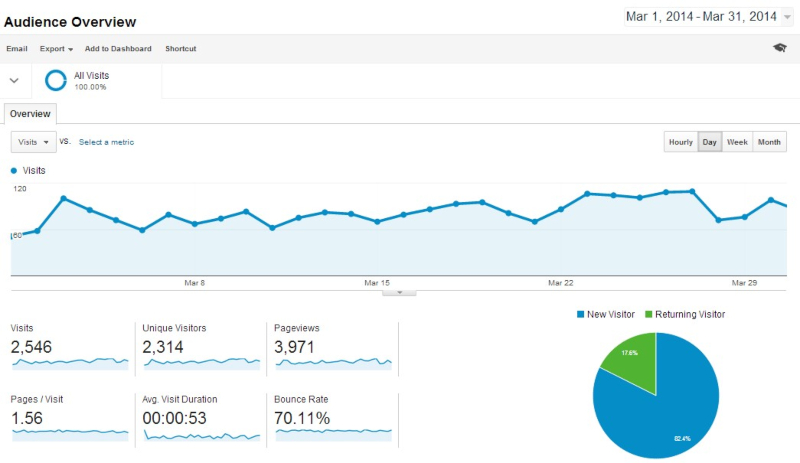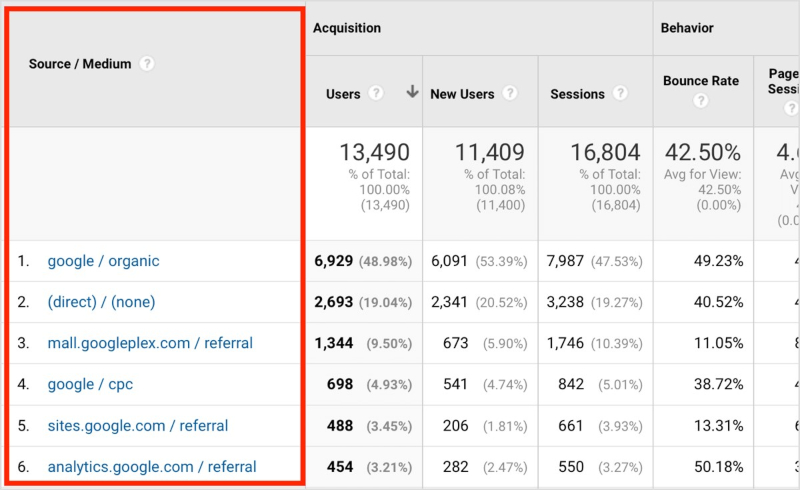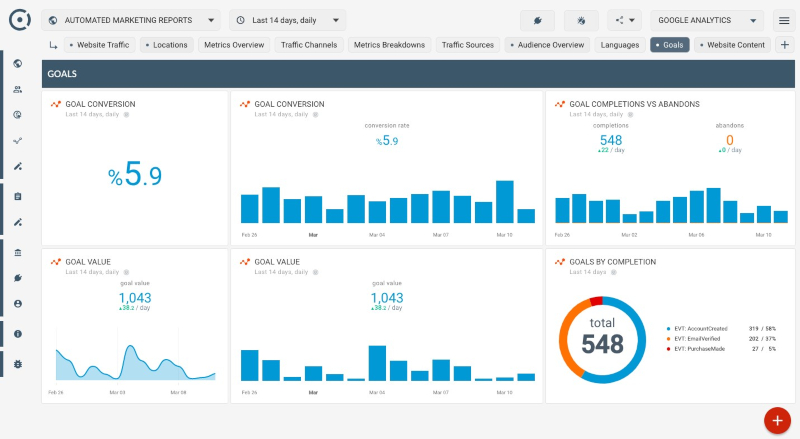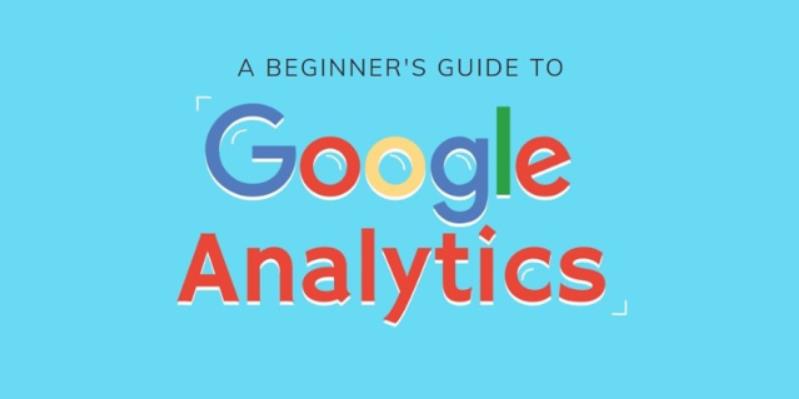Understanding Basic Google Analytics Terms for Beginners
Ever since it was introduced back in 2005, Google Analytics has slowly but steadily transformed into the go-to analytics software for digital marketers.
Google Analytics is currently the most popular website tracking software with almost a 40% market share.
What makes it so popular, besides the obvious fact that it’s a Google product, is the fact that it’s free, easy to use, is easily integrated with other tools, and it also offers the most complete features compared to other free analytics software.
With that being said, 60% of marketers still haven’t used Google Analytics to track their website performance. If you’re one of them, I strongly recommend you to try using it because it’s free, which means that you’ve got nothing to lose. But, before you do that, you should understand these basic terms of Google Analytics first.
The Metrics

Users / Visitors
Users or visitors are people that visit a page or multiple pages on your website. GA relies on your website’s cookies to identify incoming visitors. Users that come to your site for the first time will be identified as new users, while users with existing cookies will be identified as returning users. However, keep in mind that if a returning user clears his/her cookies or uses a different browser, then that person will be identified as a new user again.
Sessions / Visits
Sessions are a set of activities that a user does on your website during a specific time frame. For Google Analytics, the specific time frame is set by default at 30 minutes. So, if a user browses on your site for 15 minutes, leaves, and then comes back within 30 minutes, it will be recorded as one session. But, if a user browses, becomes inactive for over 30 minutes, and then comes back online, it will be recorded as two sessions.
Average Session Duration
The average session duration is the average time users spent on your website within a specific time frame. GA measures it by dividing the total time spent with the total amount of sessions. For instance, in 30 days, your website receives a total of 500 sessions with the total time spent 1,500 minutes (90,000 seconds). It means that your average session duration for that particular month is 3 minutes (180 seconds).
Pageviews
Pageviews refer to the number of times a user visits a particular page on your website. If someone visits your homepage, refreshes the page 5 times, and then goes to the sales page, it’ll be counted as 6 views for the homepage and 1 view for the sales page.
Bounce Rate
The bounce rate is the number of users who visit a page on your website and then leave without browsing any further. A high bounce rate is an indication that you need to upgrade the content of your site.
Traffic

Source / Medium
The source is the last place a user visited before going to your website. In other words, the source is the origin of your website traffic. A source could be directly from a search engine (Google, Yahoo, Bing, etc.), other websites, and social networks. While the medium is the category of each traffic source. A medium could be organic traffic, referral traffic, or CPC (paid traffic).
Direct Traffic
Direct traffic is used when Google Analytics can’t identify the exact origin of the incoming traffic. Most of the time, direct traffic consists of people who type in your site’s URL directly on their browser or click on a link on email apps.
Organic Traffic
Organic traffic refers to the incoming visitors who found your site via organic links that appear on the search engine results page (SERP). The amount of organic traffic that you get is an indicator of how well your website is optimized for search engines.
Paid Traffic
Similar to organic traffic, paid traffic also refers to visitors who found your website via the search engine. The difference is, instead of clicking on organic links, they click on one of your paid search engine advertisements.
Referral Traffic
Referral traffic refers to people that visit your site by clicking the links on third-party websites and social media platforms. This report enables you to find out which websites or even pages that’s been sending you the most traffic.
Goals & Conversions
Goal
Goals are used to track various users’ activities on your site, like subscribing to your newsletter, downloading an ebook, watching a video, clicking on a link, or purchasing a product.

Goal Completion
A goal completion is counted when a user completes a particular goal that you’ve set before during a single session. No matter how many times the user completes the same goal during that session, it’ll only be counted as a single completion.
Conversion Rate
Conversion rate is the percentage of your total website visitors who complete your desired goals. It’s measured by dividing the total goal completion with the total number of visits during a particular time frame. For instance, if you receive 200 visitors in a month and five of them actually buy something, that means your conversion rate is 2.5%.
Conclusion
Google Analytics is one of the few website analytics software that has a friendly user interface, but don’t be mistaken, mastering Google Analytics isn’t an easy task. With so many terms and glossary, using GA for the first time can be quite confusing.
That’s why for people who want to start using GA, I recommend you to learn step by step. Understanding the basic terms of GA is an important first step before learning more advanced and complicated things.
Related Posts
To succeed, digital marketing teams must increasingly concentrate on and learn about optimizing marketing processes.
In almost all forms of modern business, marketing is an essential function.
To make your business successful in the modern age, you need to excel at digital marketing and have a strategy that can allow you to beat out the competition.
In the ever-changing digital marketing landscape, defined by transient attention spans akin to ephemeral specters, the strategic use of video has proven to be an alchemical concoction, flawlessly transmuting mere curiosity into a passionate embrace of customer interaction.
In an online space where brands relentlessly struggle for more website traffic and sales, creating the right SEO strategy boosts your site's visibility by placing it higher on search engine rankings.
SEO, or Search Engine Optimization, began in the mid-1990s. This was shortly after the world's first search engines debuted, prompting webmasters to optimize their sites for visibility and ranking.


















Comments
comments powered by Disqus